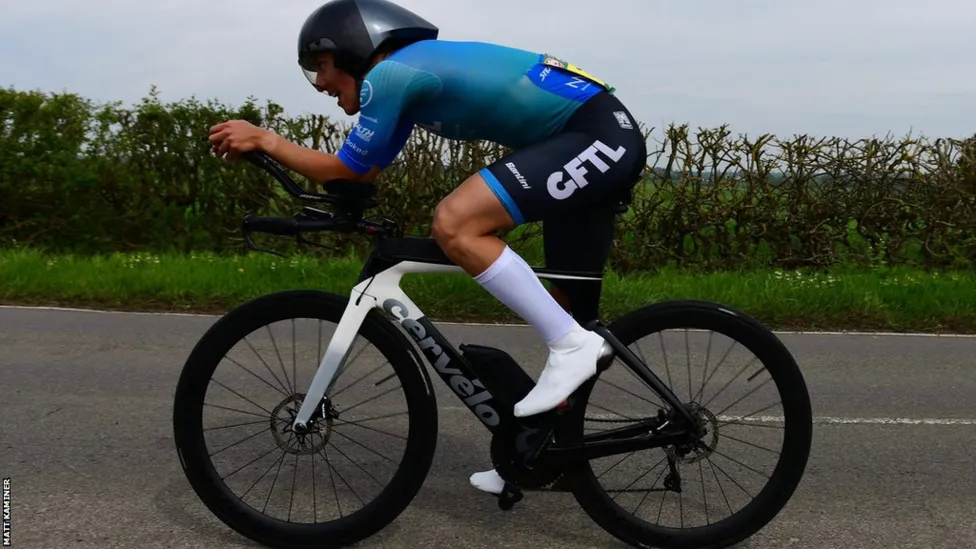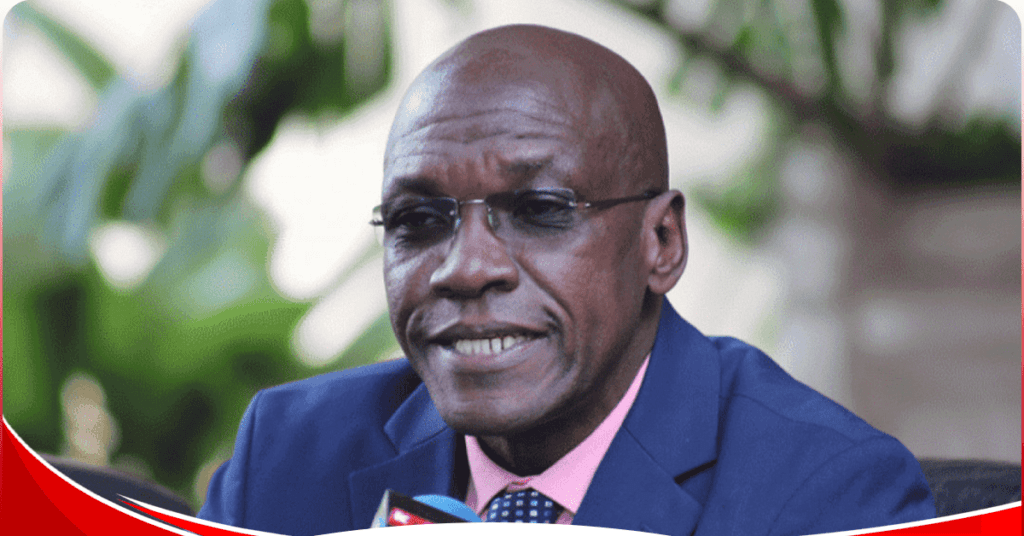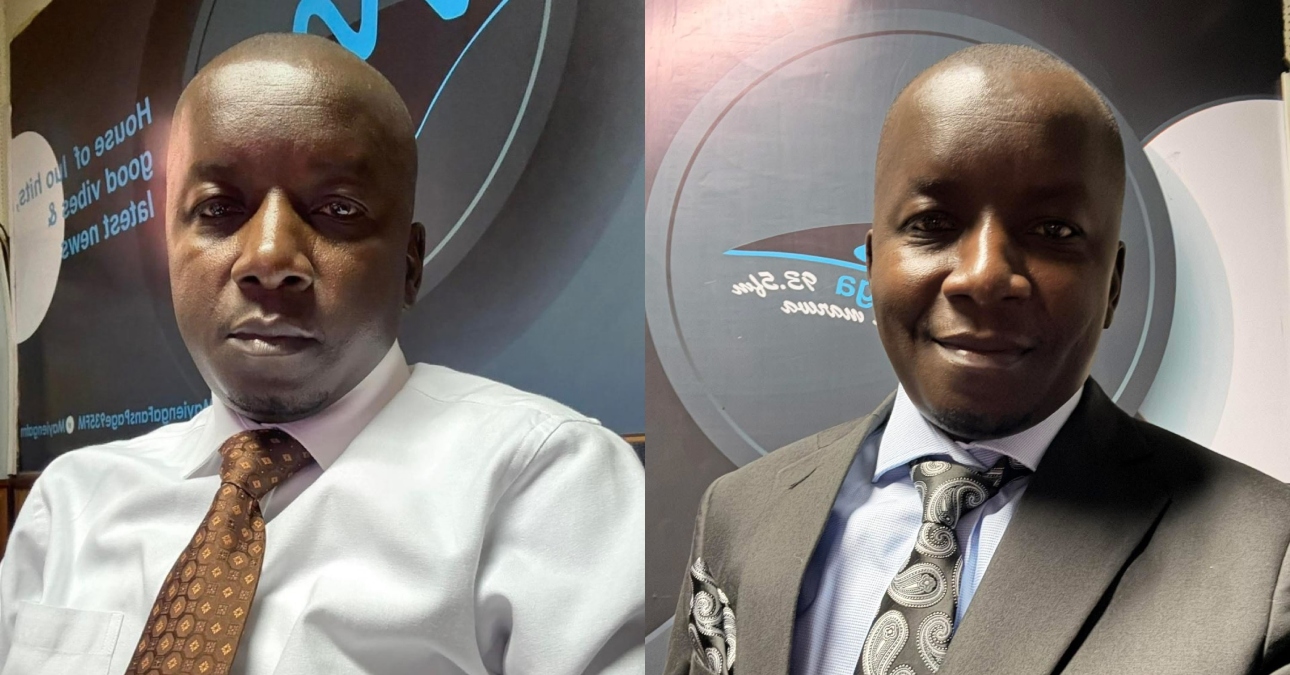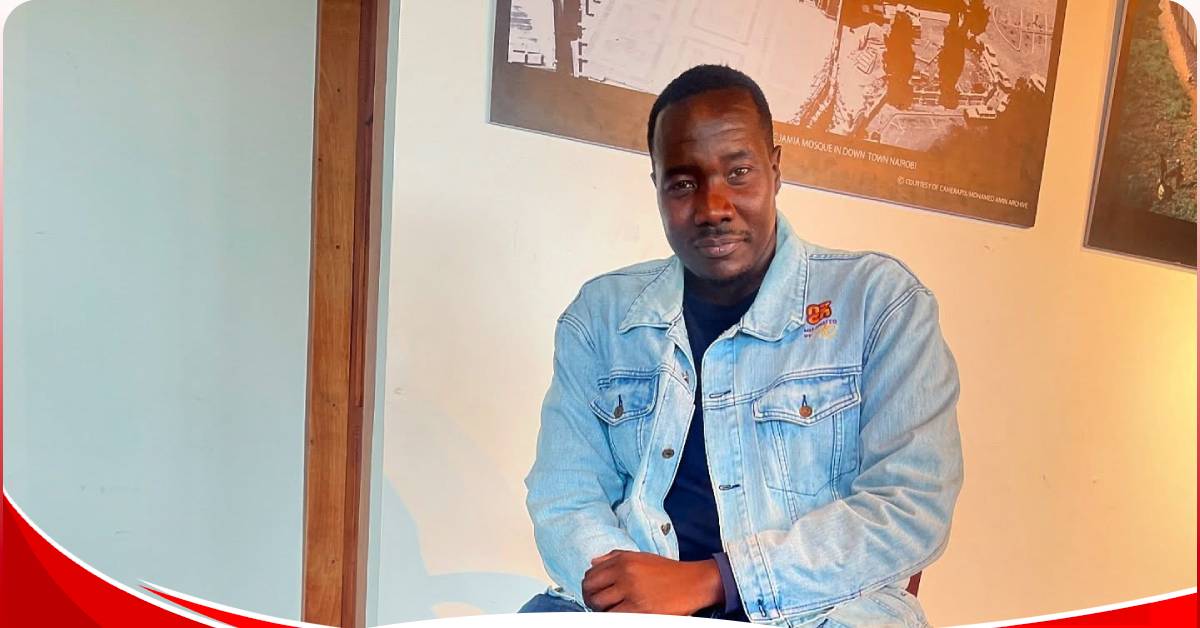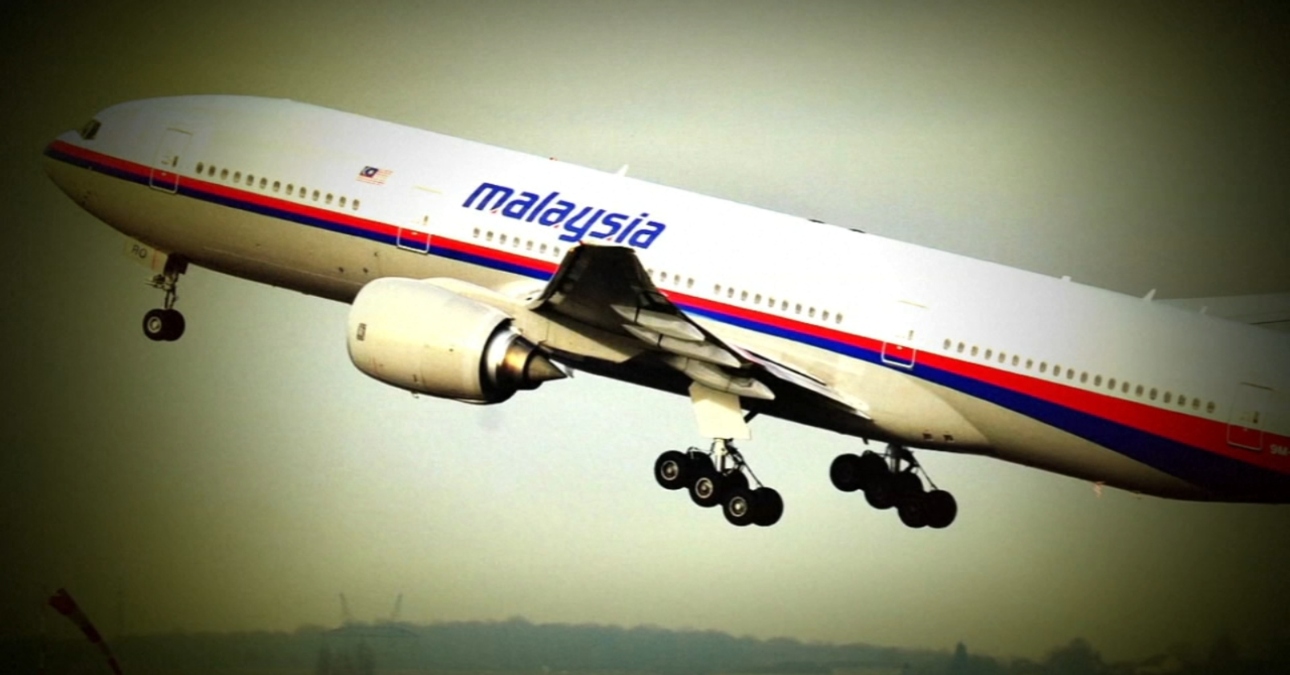In Kenya, missing a meal is officially called “kuinama!” But what if kuinama wasn’t a sign of suffering or being broke?
To justify this national rebrand from hunger to high science, let’s unpack what happens when someone declares, “Nimeinama.” In 2016, Japanese scientist Yoshinori Ohsumi bagged a Nobel Prize for discovering autophagy. Greek for “self-eating.”
Essentially, this occurs when your cells do a deep tissue clean when they’re deprived of food. Recent research published in Nature Cell Biology demonstrated that intermittent fasting increases spermidine levels, enhancing autophagy and potentially extending lifespan across organisms from yeast to humans.
Think of it as sending your body to a silent retreat where it shuts out distractions and focuses on cleaning out toxins.
Certified Kenyan nutritionist Maureen Kahira explains, “Autophagy is like a biological garage service. You fast, your body lifts itself on the jack, checks for worn-out parts, and recycles them into fresh fuel.”
Nairobi wellness coach Methusellah Nyandieka swears by strategic kuinama, noting that clients often report sharper focus and reduced bloating after adopting controlled meal windows.
Dr. Wanjiku Mugo, a Kenyan endocrinologist specializing in insulin resistance, notes that controlled fasting-triggered autophagy helps improve insulin sensitivity by reducing cellular stress and allowing pancreatic cells to function more efficiently.
Meanwhile, Cell Reports found that mice with enhanced autophagy handled high-fat diets like champs. Fasting tones down inflammation, inducing ketones that act as premium-grade V-Power for the brain, improving clarity and mood.
However, a 2018 study (Marasco et al., published in Endocrinology, 2018) warned that excessive autophagy can sabotage insulin production, meaning too much self-eating becomes biological cannibalism.
Strategic kuinama (12-16 hours) is more effective than reckless starvation. Benefits peak around 24-48 hours, not on day six when your soul starts craving my healthy kamande cake
Culturally, this shift is seismic. For generations, skipping meals meant poverty, embarrassment, or hardship. Now, OMAD (One Meal A Day) is being glamorized as the diet of disciplined hustlers globally.
Kenyan nutritionist Emily Amanthi explains, “OMAD works only if the one meal is balanced. If your autophagy ends with soda, chips mayai, and two sausages called ‘protein,’ you’re just playing poverty cosplay.”
If you want to kuinama properly, start with a gentle 12-hour window: dinner at 7 pm, breakfast at 7 am. Which strictly means not snacking on mandazi at midnight.
Staying hydrated with water, black coffee, or plain tea. When it is time to break the fast, picture a FIFA Ultimate Team lineup: ugali (complex carbs), kuku kienyeji (protein), avocado (healthy fats), and sukuma (micronutrient midfielders).
Psychologists warn that for this to stick, people must shift from “I’m suffering” to “I’m upgrading.” Emotional framing makes fasting feel like an elite biohacker move instead of budgeting for survival.
However, the science clarifies that you can’t inama Monday-Wednesday like a monk, eat like you are auditioning for a mukbang show Thursday-Sunday, expecting longevity miracles. The body’s cleanup crew are fundis, not miracle workers. They require rhythm, not chaos.
Strategic fasting, when done safely, activates a Nobel-backed biological renovation system. Whether you call it intermittent fasting, OMAD, or “inama-ring,” the outcome is the same: cleaner cells, sharper minds, and maybe a tighter waistband. This should always be done after consulting a healthcare provider.
In conclusion, kuinama is no longer just bending under struggle. It is bending toward better health. And this might be the first-time skipping lunch earns you street cred.

